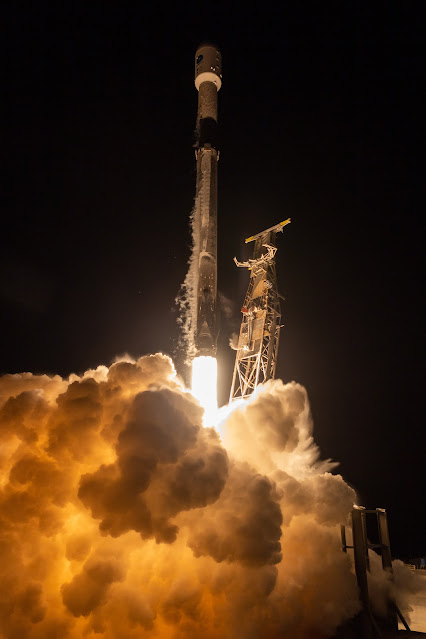Nebula Westerhout 5: Festive & Free-Floating Gaseous Globules | Hubble
FrEGGs are a particular class of Evaporating Gaseous Globules (EGGs). Both frEGGs and EGGs are regions of gas that are sufficiently dense that they photoevaporate less easily than the less compact gas surrounding them. Photoevaporation occurs when gas is ionized and dispersed away by an intense source of radiation—typically young, hot stars releasing vast amounts of ultraviolet light. EGGs were only identified fairly recently, most notably at the tips of the Pillars of Creation, which were captured by Hubble in iconic images released in 1995. FrEGGs were classified even more recently, and are distinguished from EGGs by being detached and having a distinct ‘head-tail’ shape. FrEGGs and EGGs are of particular interest because their density makes it more difficult for intense UV radiation, found in regions rich in young stars, to penetrate them. Their relative opacity means that the gas within them is protected from ionization and photoevaporation. This is thought to be important for the formation of protostars, and it is predicted that many FrEGGs and EGGs will play host to the birth of new stars.
The frEGG in this image is a dark spot in the sea of red light. The red color is caused by a particular type of light emission known as H-alpha emission. This occurs when a very energetic electron within a hydrogen atom loses a set amount of its energy, causing the electron to become less energetic and this distinctive red light to be released.
Credit: European Space Agency (ESA)/Hubble & NASA, R. Sahai
Release Date: Dec.19, 2022
#NASA #ESA #Astronomy #Hubble #Space #Science #Stars #Nebula #Westerhout5 #EvaporatingGaseousGlobules #EGGs #FrEGGs #KAG2008Globule13 #Cassiopeia #Constellation #Cosmos #Universe #SpaceTelescope #GSFC #STScI #UnitedStates #Europe #STEM #Education

ESAMarsExpress-AndreaL..jpg)









V1.jpg)
V2.jpg)
V3.jpg)









.jpg)








.jpg)
